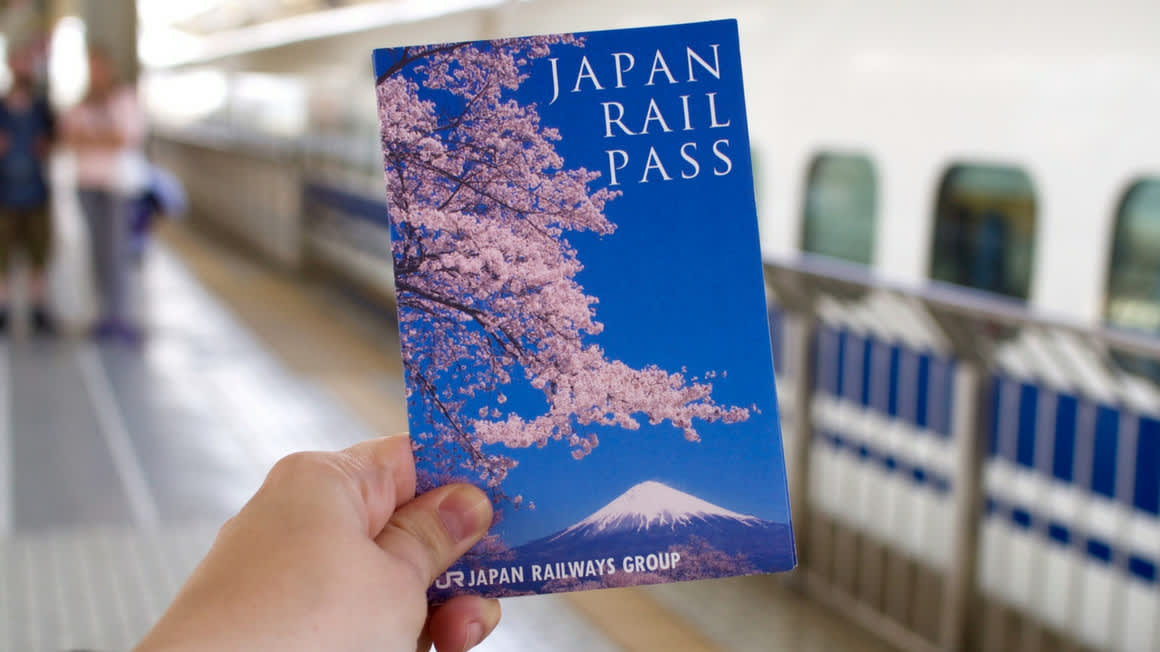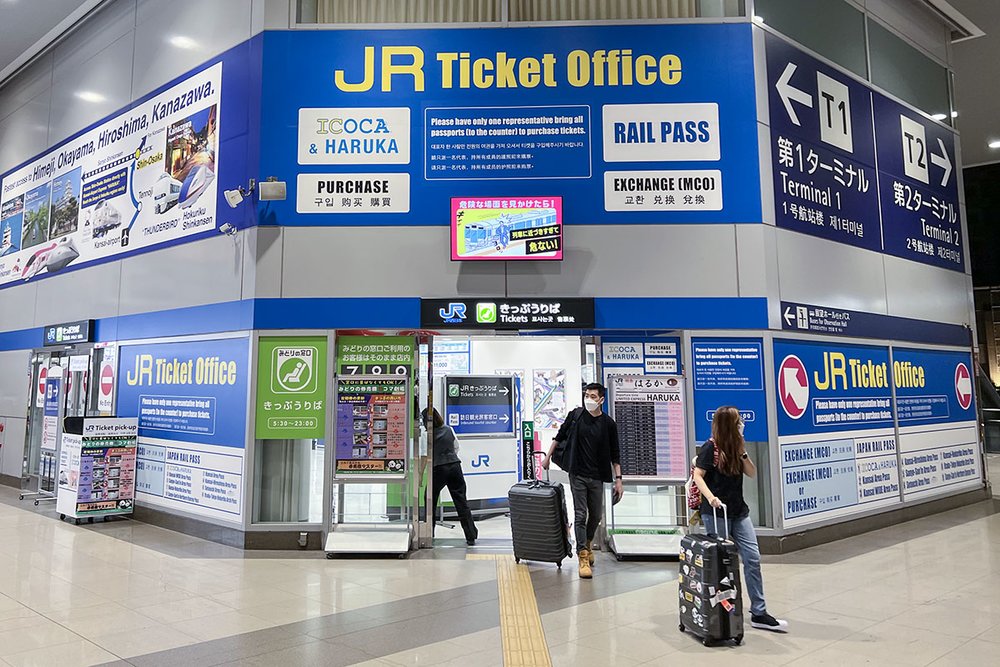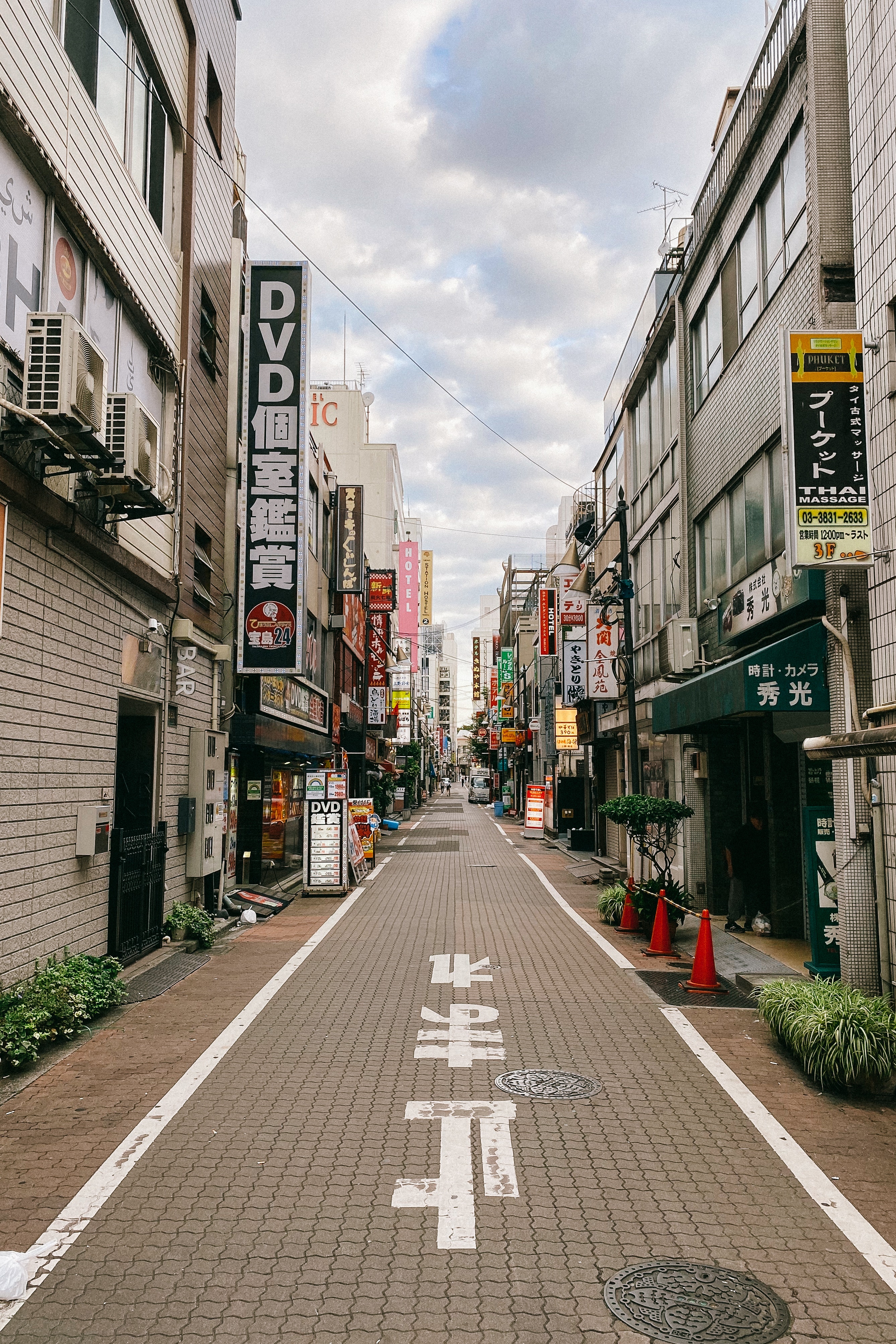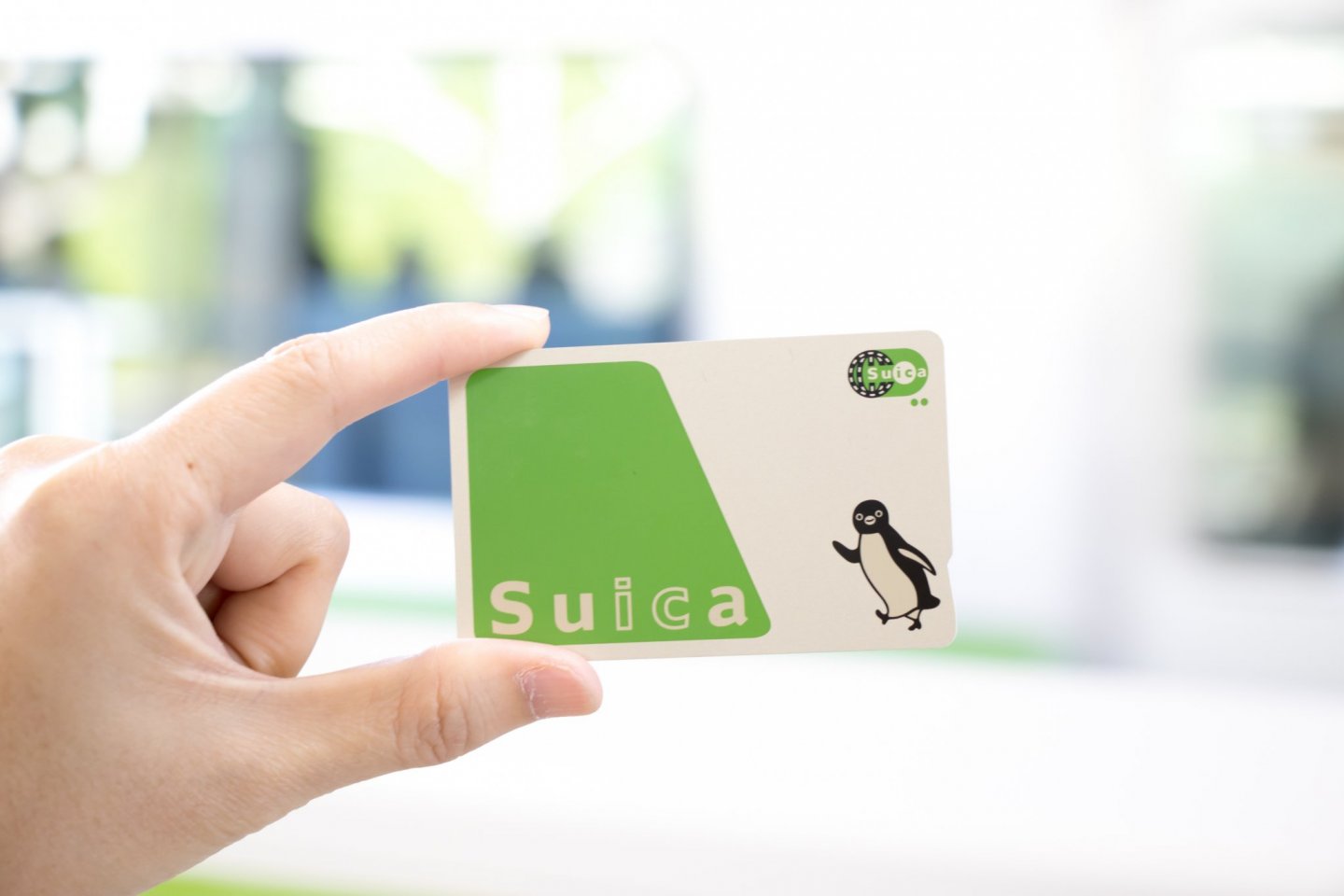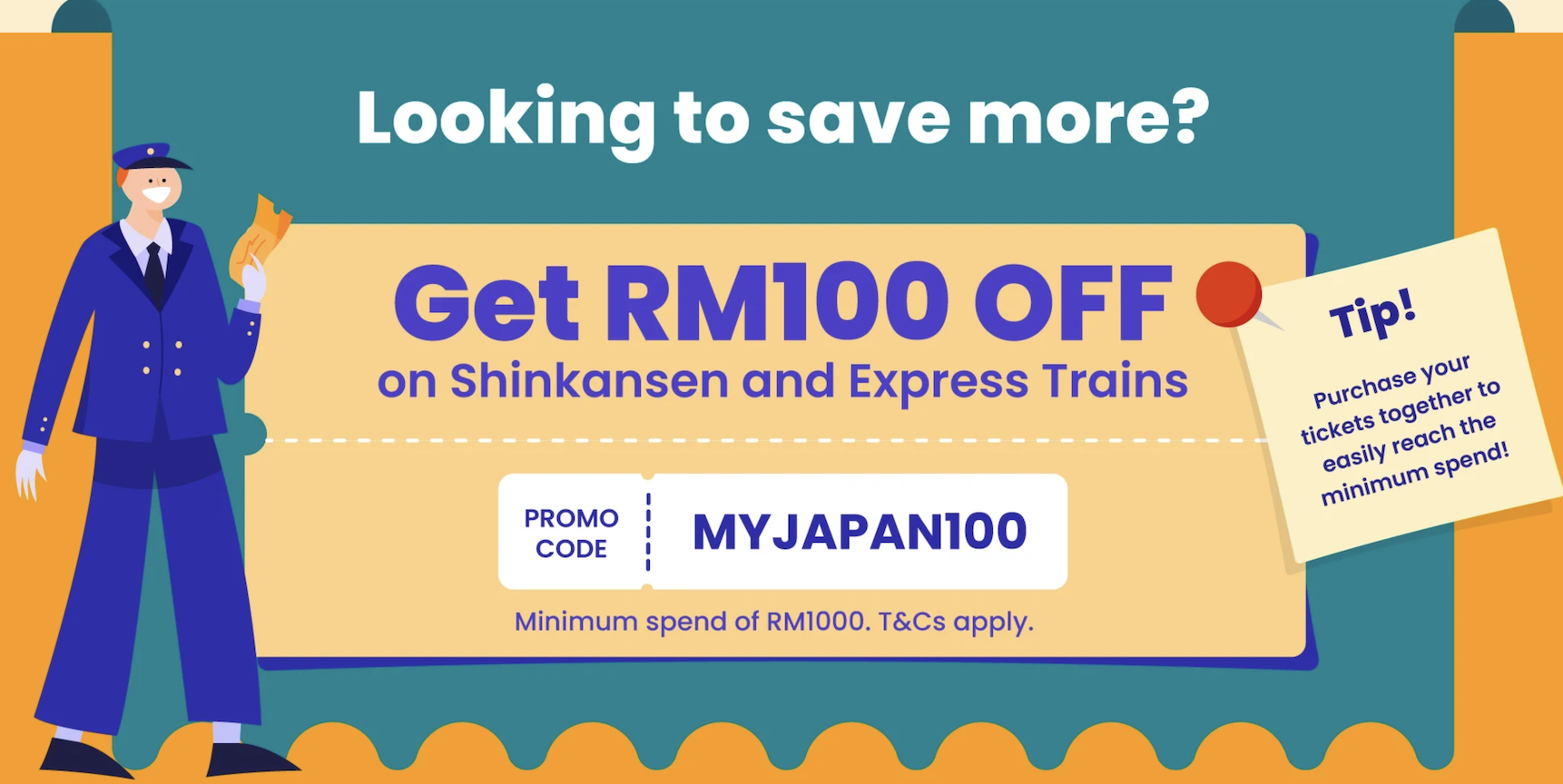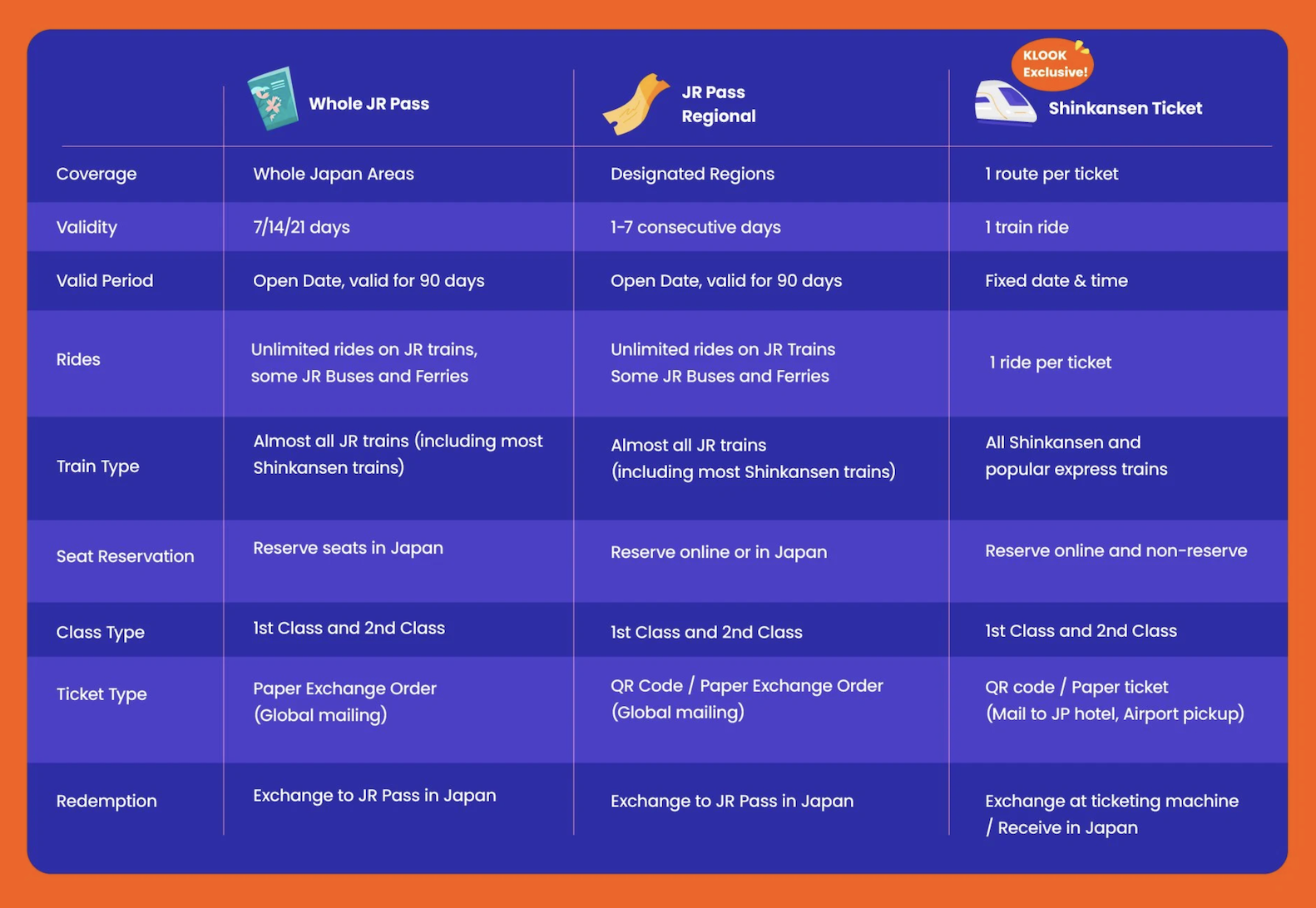Visiting Japan? Here's Your Ultimate Guide To Getting Around With Public Transport
From getting a JR Pass, to buying metro day-passes and IC cards, we've gotchu covered!
If you are visiting Japan, one thing you'll wanna figure out beforehand is how to get around
Travelling to Japan may seem daunting, especially for first-timers. Thankfully, Japan's public transportation system — which includes trains, buses, subways, and trams — is comprehensive and efficient, offering visitors many ways to get to their destinations.
First things first, you may have come across something called the JR Pass while researching for your upcoming trip.
But, what does it actually cover, and is it worth it?
One of the allures of Japan is its train system, which includes scenic train routes as well as its super fast Shinkansen Trains, a.k.a. bullet trains. If you're hoping to make the most of your time, there are even Express Trains that stop at limited stations.
The great thing about the JR Pass is that it allows you to go on any train that is part of Japan Railways, which makes up 80% of the country's railways. With the 7-Day JR Pass for Whole Japan, you can literally get around the entire Japan, from Tokyo to Osaka, even all the way to Hokkaido. But, there's a catch.
Japan Railways recently increased the price for the JR Pass starting October 2023 — the JR Pass for Whole Japan used to be available from 29,650 yen (RM940), but now starts at 50,000 yen (RM1,586). To put things into perspective, a single ride from Tokyo to Osaka would cost upwards of RM400, so you'd need to take at least four Shinkansen rides to make your pass worthwhile.
Pro-Tip: If you're visiting multiple prefectures, and the cost of buying individual tickets is more expensive, then go ahead and get the JR Pass. However, if you're spending most of your time in one or two cities, opt for single ride tickets instead!
Besides the JR Pass for Whole Japan, there are also regional JR Passes that you can get for a fraction of the price. However, these passes are only worth considering if you'll be spending your time in Japan within a specific region. The most common regional JR Passes include West Kansai Pass, JR Kyushu Rail Pass, and Hokuriku Arch Pass.
Whether you're planning to get the whole Japan pass or regional pass, you can only purchase a JR Pass outside of Japan via travel agencies or online travel platforms like KLOOK.
Travellers are advised to get the pass at least two weeks in advance, as Japan Railways will mail you an Exchange Order, which you need to present with your passport at a JR Rail Office in Japan to retrieve your actual JR Pass. More info on JR Pass here.
The next thing you should know is how to move around once you're in a main city like Tokyo or Osaka
Google Maps is your best friend in Japan, as it will tell you exactly where to go and which train or bus route you can take. Usually, you'll be travelling via trains, subways, buses, or a combination of these.
Here are a few main ways to get around in Japan cities:
1. Rail passes
If you have the JR Pass, that means you can use any JR train, bus, or ferry within the city itself.
2. Regular tickets
You can purchase normal train, bus, or ferry tickets that will take you from Point A to Point B.
3. IC cards
IC cards like Suica, Icoca, and Pasmo are prepaid cards that can be used to pay the fare for trains and buses. There are ten major brands, but most are usable interchangeably at major cities in Japan. The convenient thing about IC cards is that you won't have to purchase individual tickets each time you travel from place to place.
4. City passes
For those who prefer an unlimited pass on subways, trams, trains, and buses, you can get day passes for many cities, like Tokyo, Osaka, Kyoto, Nagoya, and more.
Pro-Tip: You can get regular tickets, IC cards, and city passes at railway stations over the counter or via vending machines.
When in Japan, it's not recommended to take taxis or e-hailing services, as they are often very expensive
For instance, a trip from Narita International Airport to Shinjuku Station could cost you anywhere between RM632 to RM965 if you were taking a cab, according to travel site Tokyo Cheapo. In comparison, a train or bus ride would cost around RM100.
However, if you prefer an alternative to public transport, renting a car or getting a private hired car is one of your options too.
While transportation around Japan may end up taking a big chunk of your travelling budget, planning ahead can help you save more.
Plus, you can get all your transportation passes via KLOOK, which also offers amazing promotions you won't be able to get elsewhere!
For starters, KLOOK is giving you RM100 off on point-to-point Shinkansen and Express Trains with a minimum spend of RM1,000 when you check out with the promo code MYJAPAN100.
Psstt, an easy way to hit the minimum spend is to purchase your tickets together. Plus, you can also add on airport transfers and city-specific passes to get around Japan seamlessly!
Alternatively, you can get the JR Pass for Whole Japan as well as regional JR Passes directly from KLOOK. They offer a hassle-free experience, delivering to your doorstep at the most affordable price point.
But that's not all. SAYS readers get to enjoy an exclusive 5% off site-wide with no minimum spend, capped at RM100.
Open to all KLOOK users, you can enjoy this discount when you check out with the promo code HELLOASIA5.
The promotion is valid from now until 5 November, or when the code is fully checked out.
Additionally, KLOOK has all kinds of resources to help you get ready for your Japan trip, on top of promotions, tours, and packages
For instance, this table tells you all you need to know about train passes in Japan:
Start planning your trip to Japan today and save more with KLOOK! Find out more by visiting this website.

